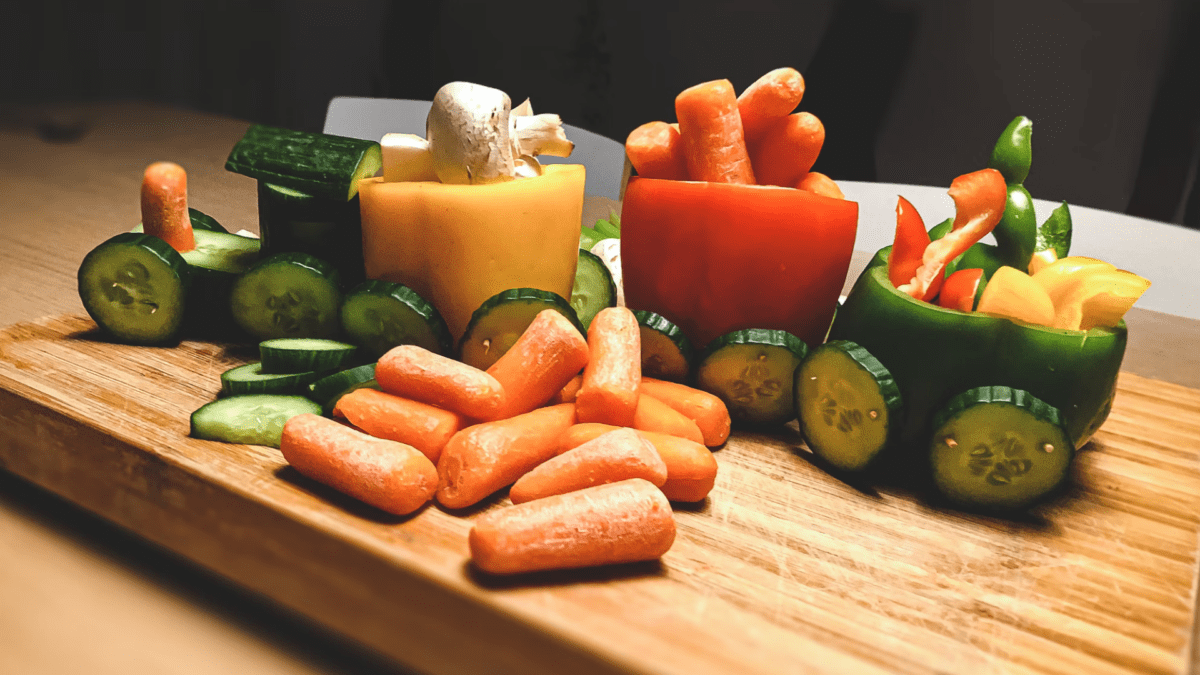Benefitting from the shutdown: Costco
This week we take a look at the often misunderstood, bulk retailing business Costco (NASDAQ:COST). Similarly to Woolworth’s (ASX:WOW) the company has performed reasonably well throughout the COVID-19 shutdowns benefitting from hoarding and its business model of offering incredibly low prices for bulk purchases. The company sells all kinds of food, automotive supplies, toys, hardware, sporting goods, jewellery, electronics, apparel, health, and beauty aids, as well as other goods.
The company has a unique business model, in that it is structure as a club, selling memberships for around USD$60 per year. These memberships account for some 70% of earnings (EBIT) and are required for anyone wishing to shop either in person or online.
The group has over 780 stores across the globe, but with most revenue sourced from the US, 73%, and Canada, 14%. After launching in 1998, Costco has slowly built up a store network of 12 in Australia, and I have little doubt everyone knows someone who is obsessed with their bulk buying, in-house product range. Such has been the companies success in expanding globally, that there share price has averaged an 18% annual return over the last 5 years.
The company offers strong results despite COVID-19, with US comparable store sales up 8% excluding petrol and International up 12%; yes, they also sell petrol at 75% of their big-box warehouses. Some 40% of their sales continued to be sourced from food and general items, with 18% from fuel, fresh food 13% and hard lines or hard products, 16%.
Results have been impressive, with a constant increase in revenue from $129 billion in 2017, to $141 billion in 2018 and $152 billion in 2019, benefitting from faster global expansion and some 200 of its over 800 stores now located offshore. Interestingly, only 4% of global sales have traditionally been online. This is, however, beginning to change.
According to Morningstar, digital sales rose 66% on an adjusted basis and nearly 100% in March. The company benefiting from considerable protections from digital rivals that should also act to limit its long-term e-commerce potential (such as its sales of bulky items at modest margins).
The Australian e-commerce offering is also up 30% for the year. The company has consistently delivered strong returns to shareholders, with Return on Invested Capital or ROIC averaging in the teens for most of the decade and currently sitting around 17%. This is similar but slightly higher than Woolworths’ result of around 14%.
COST is by no means cheap, it trades on a P/E of around 30 times, not dissimilar to WOW, at 27x, but with a seemingly more scalable business model. As with all grocery retailers management are investing heavily into digitisation and their low prices along with membership fees should entrench them in the post-COVID-19 economy. The membership base is almost cult-like and offers competitive advantages that will be needed as they seek global domination amid an uncertain economic environment.









